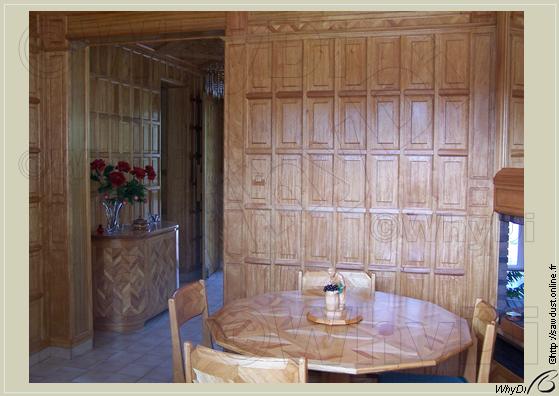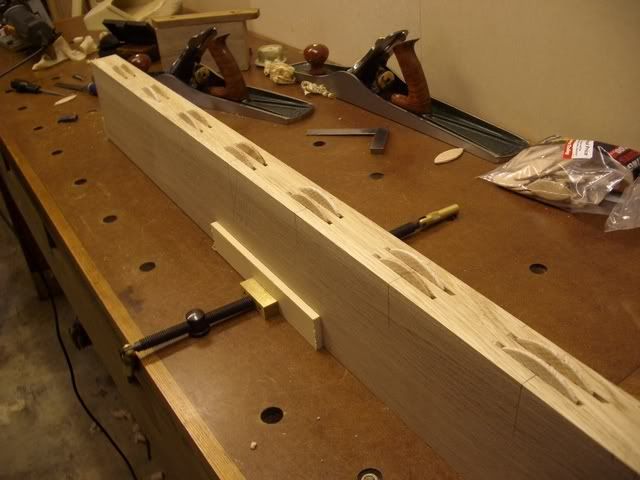Was asked to look at a table bought from a furniture shop about nine months ago by a friend over the weekend which demonstrated rather nicely what can go wrong.
The top was glued up from roughly 50mm wide strips of 25mm thick approx of what looked like lacquered oak, and it had split right down the centre from bread board to breadboard to open up a gap of about 2mm - mostly along a joint, although in places the wood itself had failed.
He wanted me to glue and clamp it up again - I said I thought it was unlikely to work even if we could get the gap closed - that to sort the breadboards and maybe slit out the split and glue in a filler strip in something with a bit of give was probably a safer bet.
It looked very like the boob was that bread board ends had been fitted, but had mistakenly been glued along their full length. (there was no movement at all visible at the outer ends relative to the main part of the table top). I imagine that the oak strips making up the main part of the top must have started out a bit wet too.
It was a bit of an eye opener to see just how much force was generated, and how strong the glue was. It looks like what happened was that the main part of the top started to shrink, but as a result of being held at the ends of the breadboards pulled itself apart rather than reducing in width.
Whatever the glue was it was strong enough to both secure the breadboards (with only about a 15mm tongue), and to cause the wood to fail along the grain in the centre.
BTW I noticed a short piece in one of the good US mags recently that suggested that narrow boards don't really help to keep a table top flat - and that breadboard ends are generally not enough to prevent warping either. Better to go for good wood in whatever width looks right - with the right grain and properly dried. I can't say because I've never made a table, but it sounds promising as I'm personally not attracted to the idea of breadboard ends that will only ever line up once in their life....






